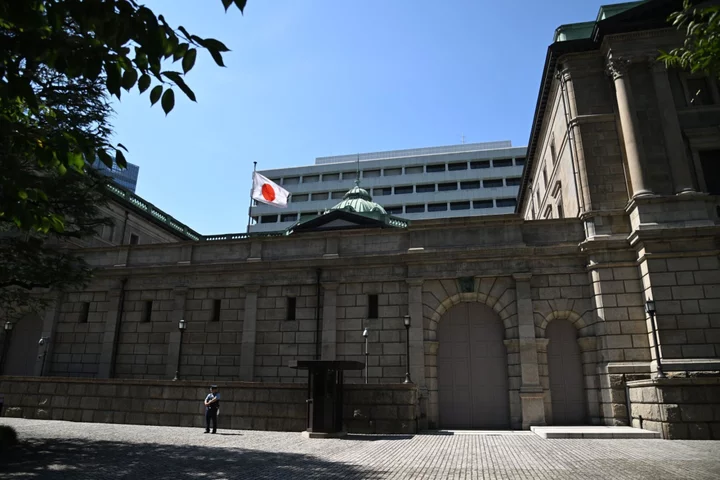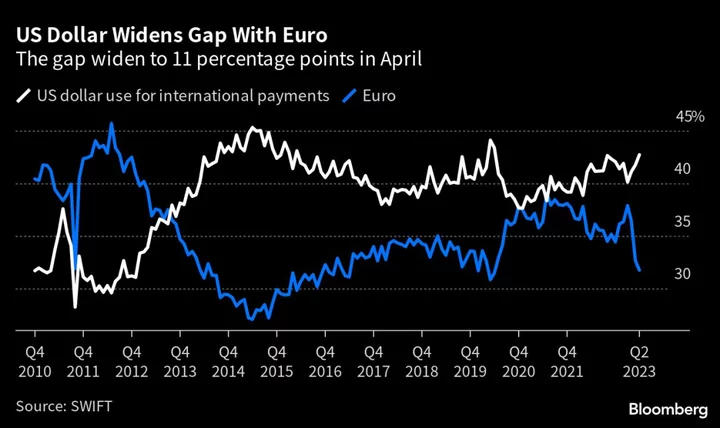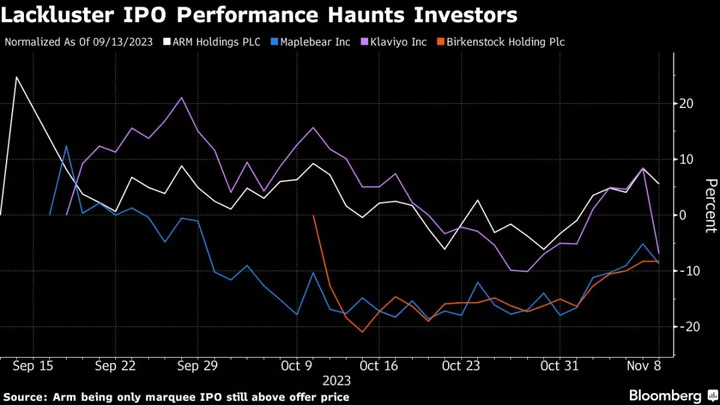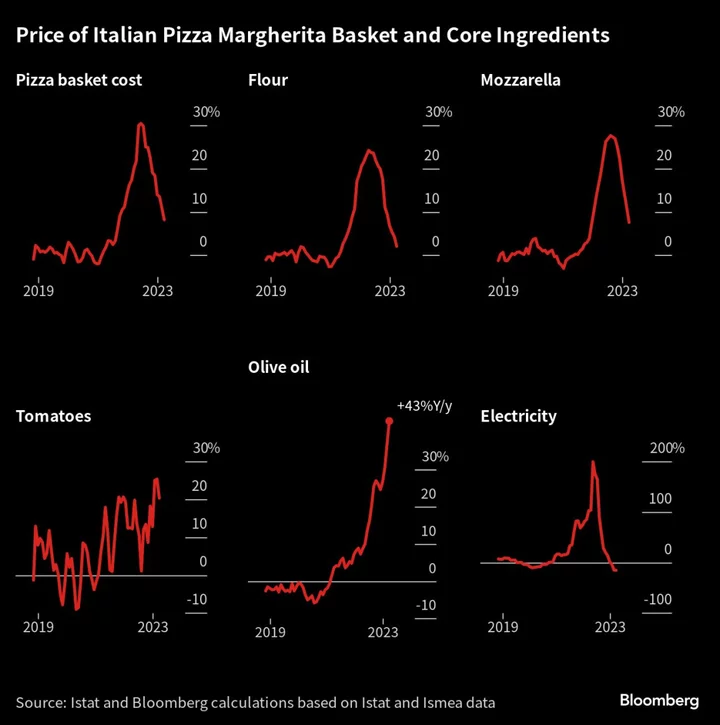Japan’s government bonds are set for the worst quarterly selloff in more than two decades as the central bank loosens its grip on the market.
That’s a reminder for investors that the nation’s debt market relies in part on support from public-sector institutions like the Bank of Japan to outperform global peers.
The securities have lost 3% in the third quarter, the biggest drop since 1998, according to Bloomberg-compiled data as of Thursday. Government bonds globally outside Japan have slumped 4.6% during the same period, the most in a year, as lingering inflationary pressure fuels expectations that interest rates will stay high for longer.
Speculation is growing that the BOJ will end its negative-rate policy early next year, even as its leaders say that stimulus needs to be kept in place to support a still-precarious economic recovery. Bets on a BOJ shift to tightening and a global rout in debt caused Japan’s benchmark 10-year sovereign debt yields to rise to a decade high this week and the 30-year rate to the highest since 2013.
Just as investor concern that the BOJ will reduce easy money caused bonds to tumble this quarter, one institution that traders said may have triggered the late 1998 crash was the Ministry of Finance.
The ministry said back then that it would stop outright purchases of long-term government bonds on behalf of post office savings and public pension funds, because it needed to keep cash to pay for tax cuts and stimulus measures.
But the timing was bad: the ministry had also said it planned to sell a record amount of debt in the coming fiscal year. Prospects of a flood of new bonds hitting the market caused 10-year yields to surge 180 basis points in five months from a low set in September 1998. JGBs tanked 6.2% in the final quarter of 1998, the biggest loss in Bloomberg-compiled data going back to 1987.
“The significant deterioration in Japanese bonds’ performance this quarter shows once again the large influence that the public sector has over the market,” said Keisuke Tsuruta, a senior fixed-income strategist at Mitsubishi UFJ Morgan Stanley Securities Co. in Tokyo. “Speculation will likely strengthen that negative rates will come to an end next year, so the BOJ will remain in the driver’s seat in the bond market.”
Bonds due in 20 years and longer have led the selloff in the third quarter as their yields climbed almost 50 basis points. The central bank bought ¥25.5 trillion worth of government bonds during the period, 42% lower than purchases during the first quarter that followed an abrupt increase in the yield ceiling from 0.25% in December.
BOJ Governor Kazuo Ueda reiterated his patient stance of policy easing last week. Still, with the yen approaching a psychological support line of 150 per dollar and exerting upward pressure on import prices, de facto tightening may come earlier.
Morgan Stanley MUFG Securities Co. expects the central bank to end its negative-rate policy and yield-curve control program in January.
“Depending on FX movements and wage and price trends, we think there is risk of early revision in December 2023” in the BOJ’s monetary policy stance, Takeshi Yamaguchi and Masayuki Inui, economists at Morgan Stanley MUFG, wrote in a note on Wednesday.
(Updates returns in third paragraph, adds rise in 30-year yield in fourth paragraph.)









